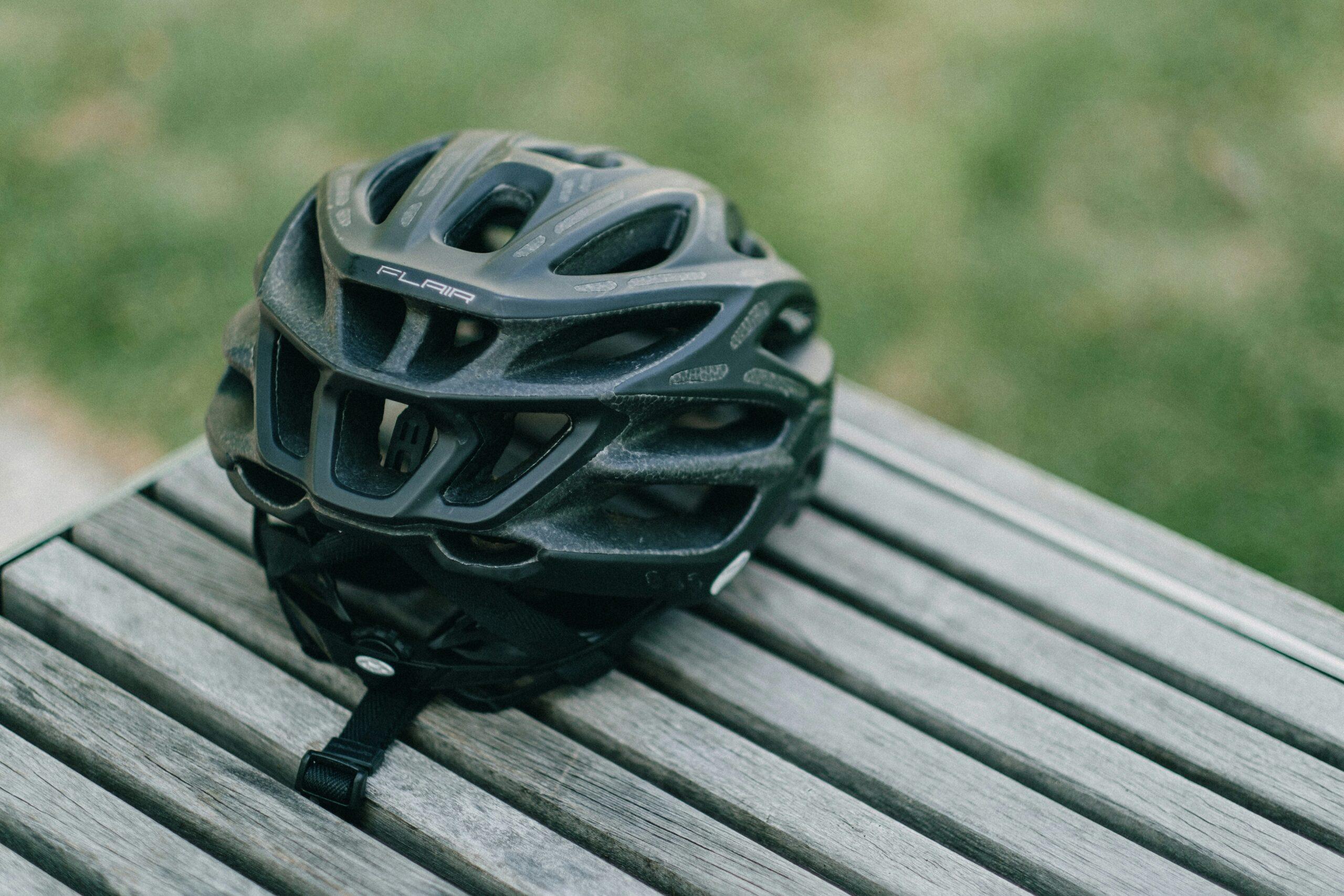Believe it or not, childhood is one of the highest risk periods for experiencing traumatic brain injury (TBI) from sports-related concussions, motor vehicle accidents, and falls. TBI is the leading cause of death and disability in children. There are at least 3.5 million new childhood TBI cases every year, and nearly 5.3 million Americans (2 percent of the population) are currently living with a TBI disability.
The nearly 3,000 youth football leagues across the United States with approximately 600,000 players present just a small sampling of the kids that are at risk for TBI. This number does not include children who participate in soccer, lacrosse, baseball, and hockey. Fortunately, the majority of TBI in children is classified as “mild,” often termed a concussion.
In this author’s opinion, however, the classification of “mild” can be misleading as the injury may lead to disabilities that are associated with a variety of longterm social, behavioral, and reasoning difficulties. Although most concussions resolve on their own within days to months, a small minority of patients will experience persistent symptoms.
Children and adolescents are not little adults.
Children’s brains are continuously developing, which means an injury would affect them differently than it would an adult in the following important ways:
- The skull of a child is thin and provides less protection for sports that do not use head gear (e.g., soccer, baseball).
- A child’s nervous system is constantly evolving (through age 24 in males and 20 in females). Consequently, the effects of a head injury on the developing brain are likely to interfere with neurodevelopmental processes.
- Young patients are more prone to the “second impact syndrome” (SIS). This syndrome is believed to occur when a second concussion, even one of lesser severity to the first, re-injures the previously healing brain and results in death or devastating injury.
- A child’s brain, because of its early growth, is large and heavy relative to other parts of the body. It is poorly stabilized by weak neck musculature and is often the leading contact point on impact.
- A child’s face provides less protection because a child’s facial skeleton is relatively small.
- A child’s brain is more susceptible to tearing of the white matter (i.e., the “wiring” of the brain). This shearing injury is currently thought to be the primary cause of a concussion. Hence the slogan: “Wire together, fire together. Out of sync, lose your link.”
- Brain swelling is more common in children than in adults as a child’s brain fills up the entire skull and there is no room for additional blood or brain swelling.
What should a parent and coach look for in a concussion?
Concussions remain a symptom-based diagnosis, and they can be difficult to diagnose clinically. Early warning signs include: headache, nausea and vomiting, blurred vision, balance problems, sensitivity to light and noise, memory problems, sleep disorders, and mood disorders.
A loss of consciousness (LOC) is not necessary for the diagnosis of concussion. Indeed, only 10 percent of concussed individuals experience a LOC, with many incidents going unnoticed. However, a concussion typically does involve a period of short-term forgetfulness.
Parents and coaches should be aware that athletes may minimize or fail to report their symptoms because of a strong desire to continue playing, or a belief that their symptoms are mild enough to play through. Children who sustain a concussion are required to be removed from play or strenuous activity until clearance by a health care provider.
TBI may be common, but it is also avoidable. To focus on prevention, parents should ensure children wear protective gear and play in a safe environment with heat and hydration precautions. If enrolled in supervised sports, children should have coaches that have been certified and can recognize possible TBI signs. Kids should continue playing outside and benefit from the rewards that playing team sports offer. That being said, everyone should understand the signs of a TBI injury, take proper steps to prevent them, and stop play immediately if a TBI may have occurred.



